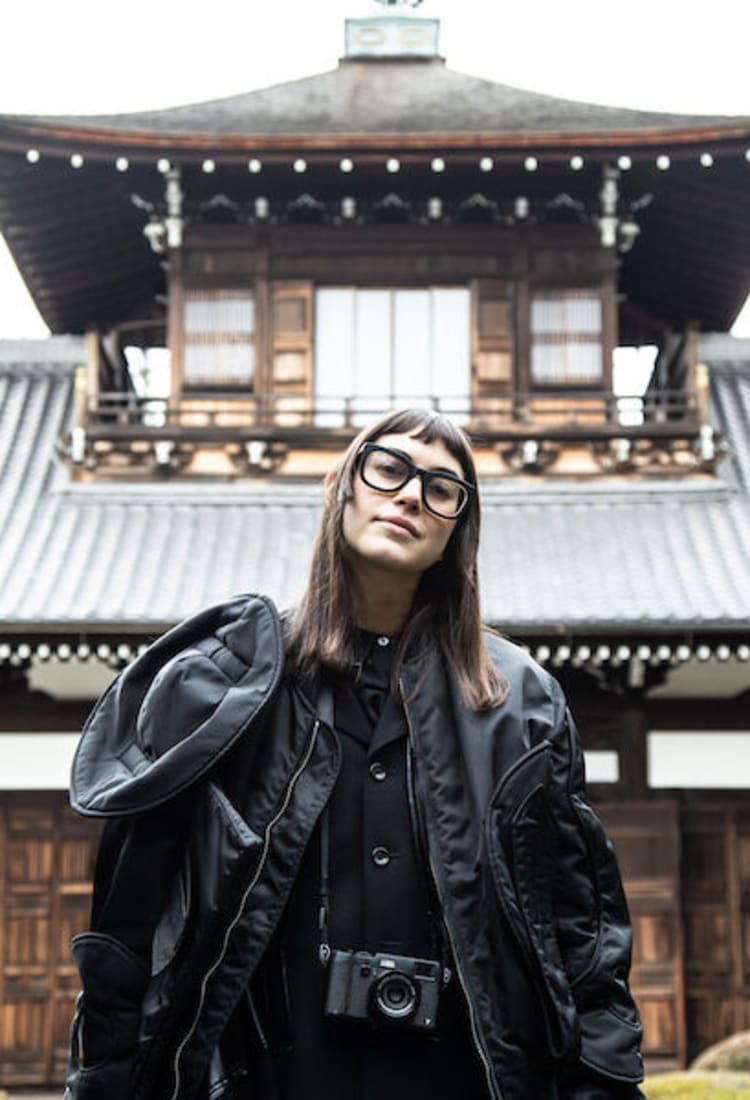
Visiting Kyoto’s Art Destinations with New York Based Art Director Leta Sobierajski – Part 1
Visiting Kyoto’s Art Destinations with New York Based Art Director Leta Sobierajski – Part 1
1. Kyoto Prefectural Insho-Domoto Museum of Fine Arts
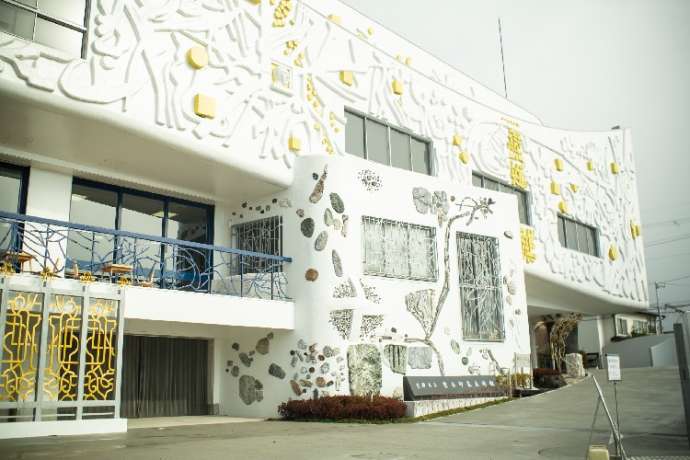
Our first stop is the Kyoto Prefectural Insho-Domoto Museum of Fine Arts, located near Kinkakuji temple about a 35-minute bus ride away from Kyoto Station. Like the abstract painting on the outside wall of the building, this museum was designed and built by none other than the Japanese impressionist painter Domoto Insho (1891-1795) himself.
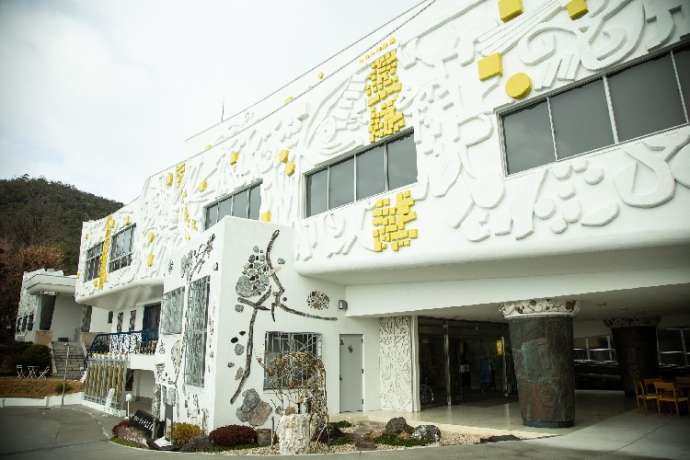
Domoto Insho was born in 1891 in Kyoto. After graduating from the Kyoto Municipal Arts and Crafts School at the age of 19, he began his career at kimono producer Tatsumura Art Textiles drafting kimono designs. As a painter and designer painting flowers and birds, people, landscapes, and abstract paintings in variety of styles, he became a popular and sought after artist.
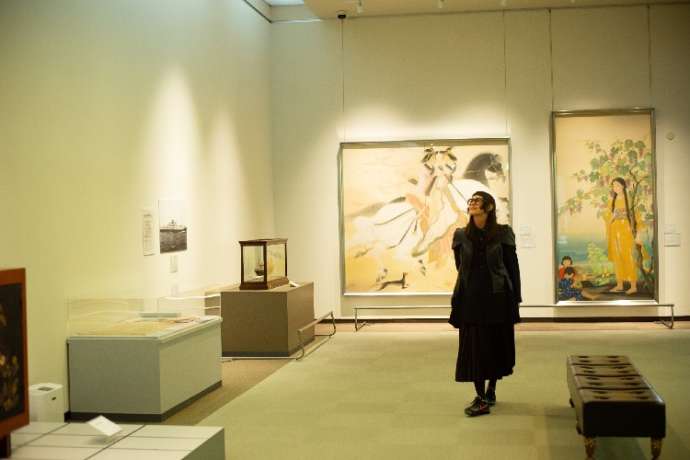
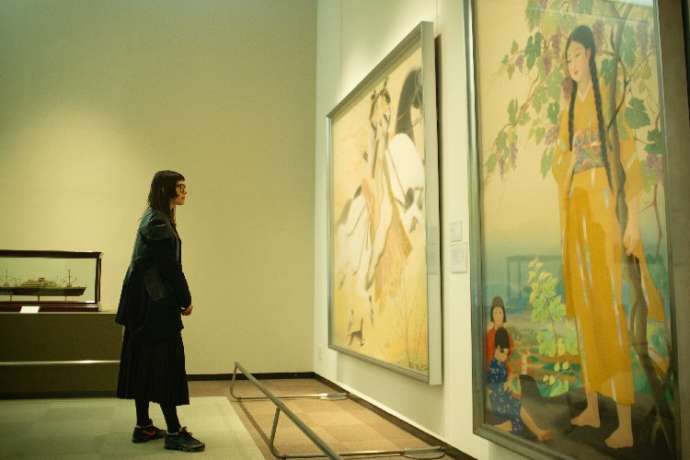
The museum holds periodic exhibitions of Domoto Insho and related artists’ work. When we visited, the current exhibition was “Shikken and Insho: Lacquerware and Japanese paintings by the Domoto brothers born in the Meiji period”, a joint exhibition of Insho and his older brother and lacquerware artist, Shikken. The whole Domoto family is known as an art family. In addition to Shikken, Insho has another older brother who was a theater critic, and three younger sisters who married Japanese painters.
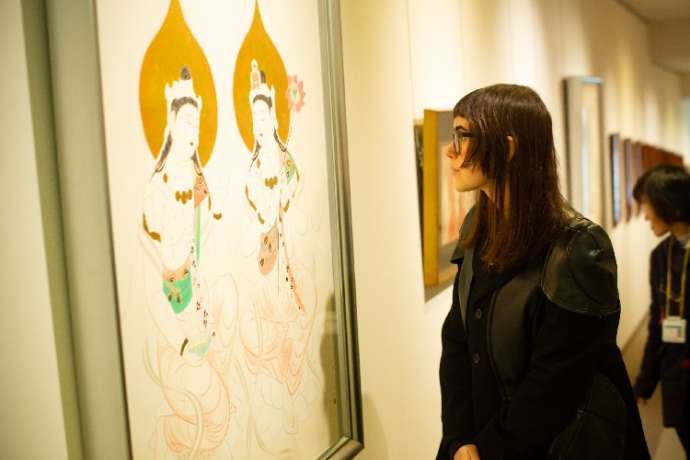
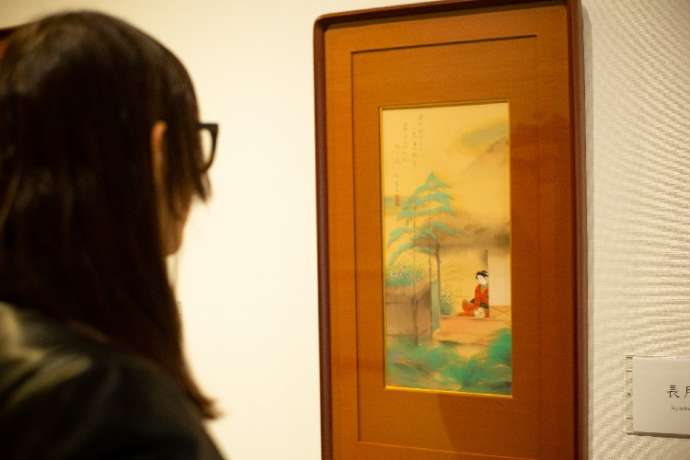
“I feel like I can sense the texture of skin through this piece,” says Leta, standing before a delicate Japanese painting on silk.
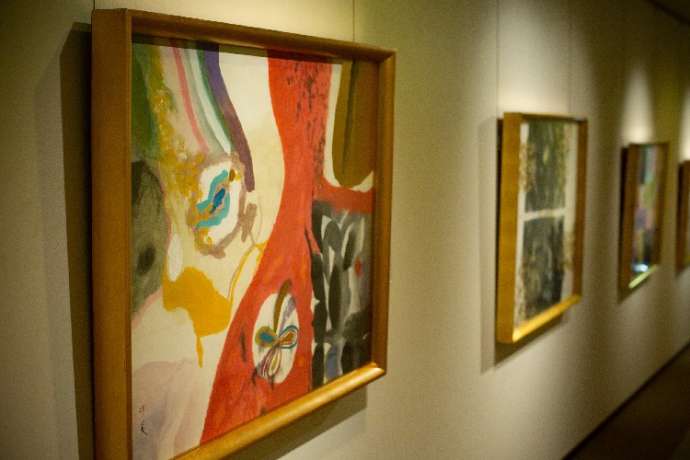
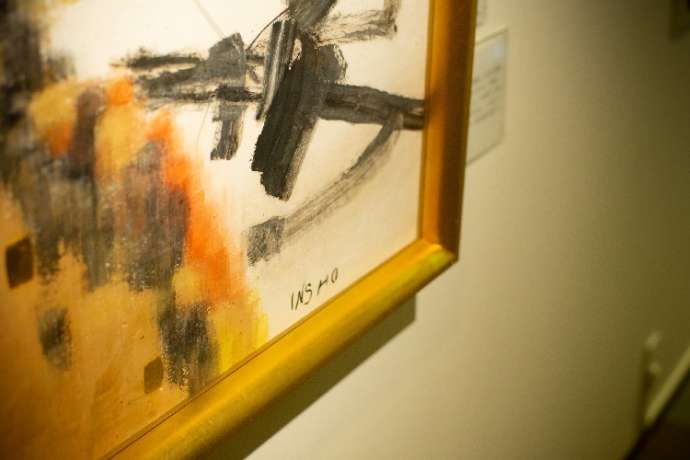
In the exhibition are many abstract works from Insho’s later years. At the age of 61 he traveled for the first time to Europe where Informalism, an abstract style art movement of the late 1940’s to 1950s, was en vogue. This experience made a strong impact on his work. Insho used black ink and other Japanese pigments, mimicking this western style.
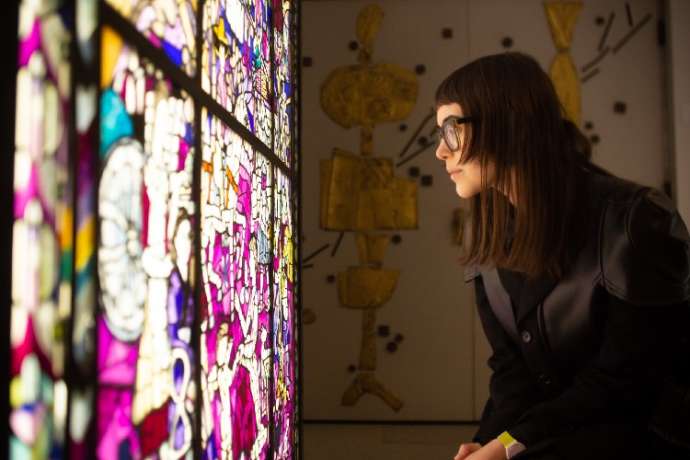
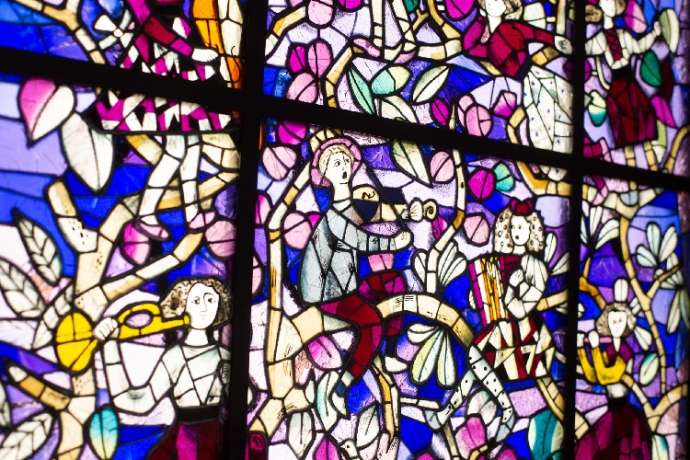
In front of the stairs there is a miniature of the stained glass work “Paradise” (1955) that is in the Fukui District Court. The unique chairs that can be found in various places in the exhibition space were also designed by Domoto Insho himself, each one with it’s own distinct style.
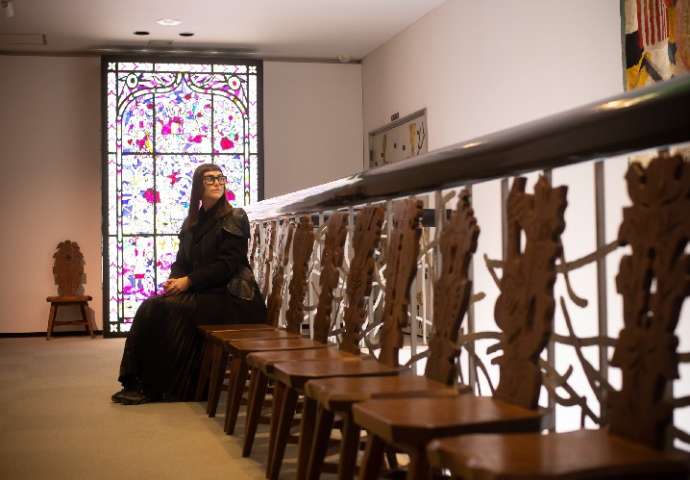
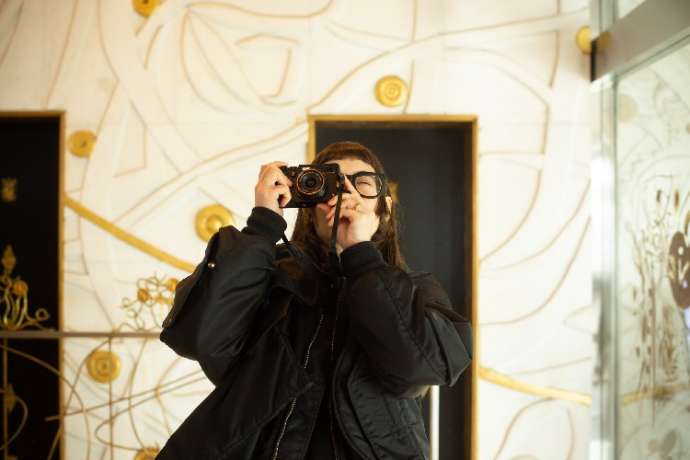
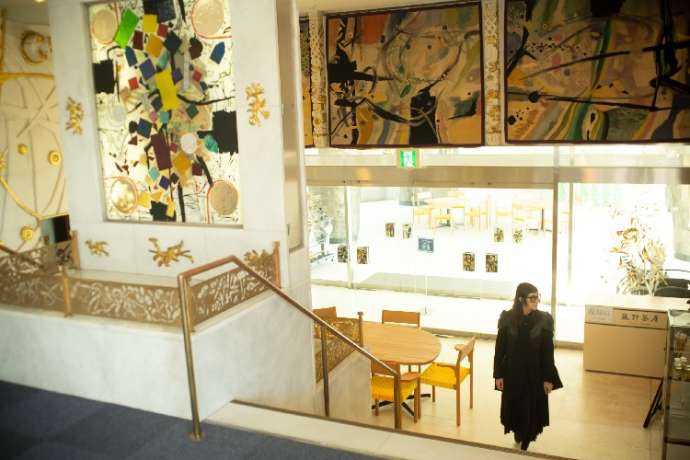
The outdoor space and the entrance of the museum are open to the public and have huge stained glass works that can be enjoyed without paying any entrance fee. Photography is of course permitted in this area. There is also a cafe called Fujino Saveau, a long-standing tofu shop Tofu Cafe Fujino, and a museum goods shop as well.
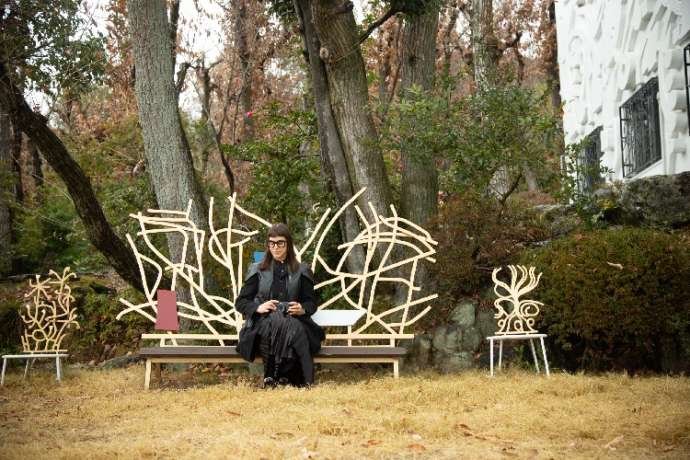
“It’s amazing that Insho himself designed even the doorknobs. There’s a distinct continuity — his personality and aesthetic sense — that can be felt throughout both the paintings and the objects,” says Leta. The space in each building itself is a work of art that makes visitors feel immersed in Insho’s view of the world.
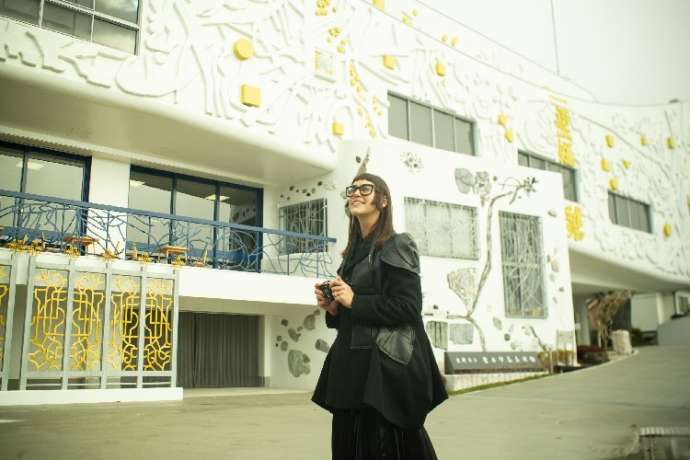
|
Kyoto Prefectural Insho-Domoto Museum of Fine Arts |
|
Address: 26-3 Hirano KamiyanagichōKita-ku, Kyoto-shi Hours: 9:30-17:00 (last entry 16:30) Regular Holiday: Monday (or next day if Monday is a holiday), new years holiday, closed for exhibition installation Phone Number: 075-463-0007 |
2. Tofukuji
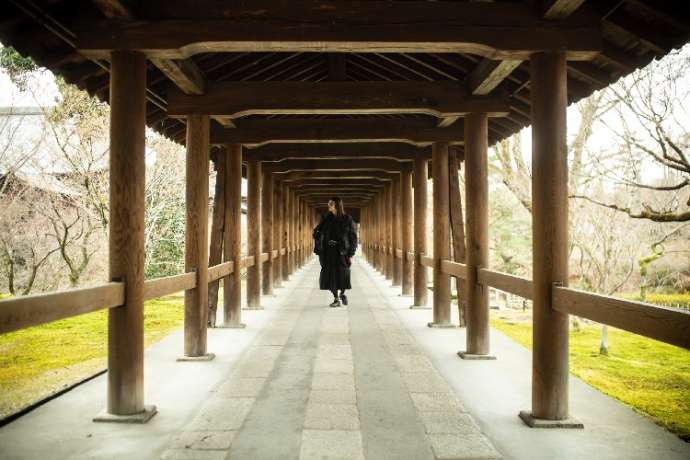
Next, we head one station away from Kyoto Station, to Higashiyama Ward’s Tofukuji Temple. Tofukuji is a temple famous for it’s zen garden, the Tofukuji Honbo Garden, which was created by the great Mirei Shigemori (1896-1975). The temple is also immensely popular in autumn for its beautiful fall foliage. Leta stands before Shigemori’s work, quietly observing every shape and form.
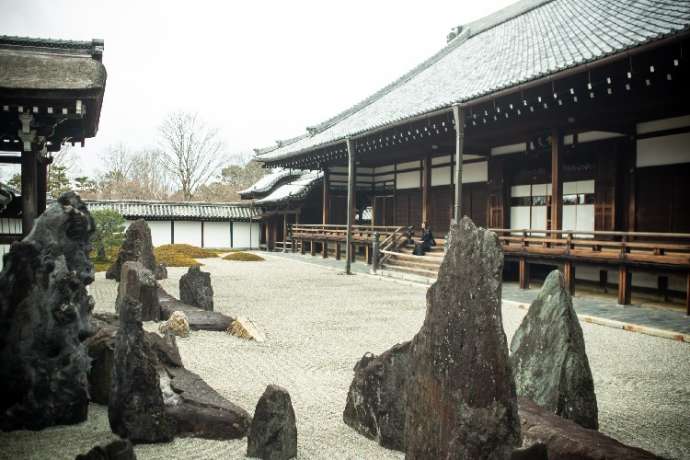
A Japanese style rock garden expresses the idea of water without the use of actual ponds or other water features — instead using sand and stones. This is called a karesansui. Tofukuji Honbo Garden is a karesansui garden which is divided into eight parts each with its own distinct design. This is considered on the the great masterpieces of modern gardens.

When you enter you are first greeted by the famous Southern Garden and its powerful rock compositions. The four long stones represent the four islands where a hermit is said to live, while the swirling sand represents the eight seas. The mounds of moss on the west side symbolize the five sacred mountains.
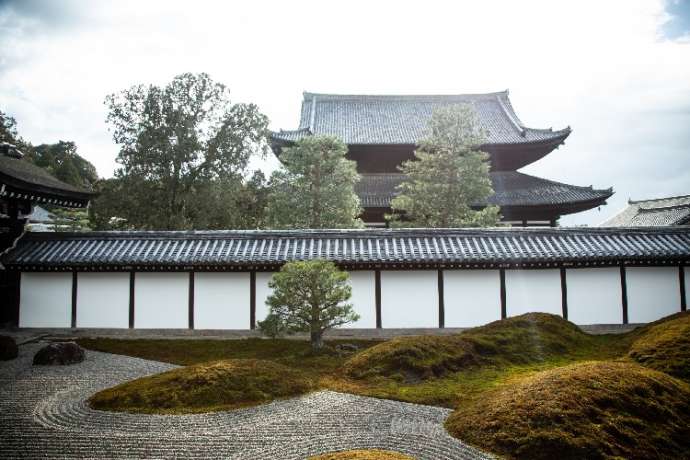
The stunning gate in front of the South Garden known for its curved shape is said to be a masterpiece among Chinese-style gates. Apparently, this gate is only opened during special occasions at the temple.
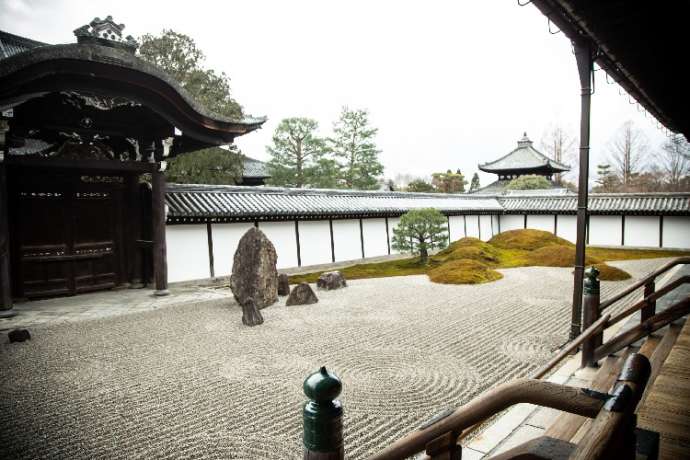
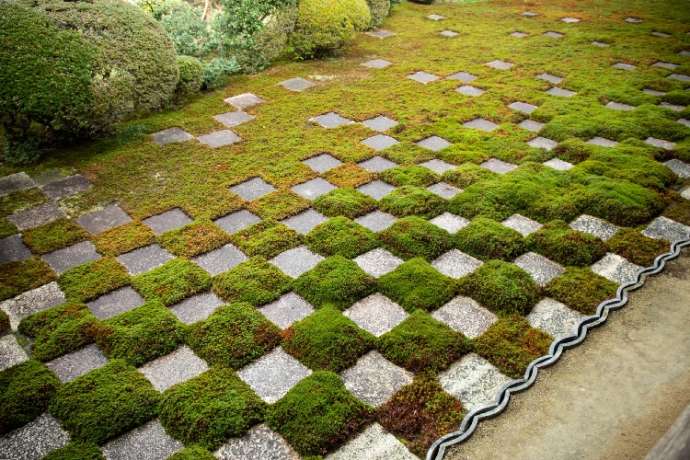
The North Garden, which the sculptor Isamu Noguchi (1904-1988) once described as being Mondrian in style, is an abstract checkered garden that resembles a chess board. The square stones used in this garden were originally used in the construction of a famous gate called Shokushi-mon. Moss fills the spaces in between like a painting. The Tofukuji Honbo Garden is one of Shigemori’s earliest creations, but the novel technique of using a checkered pattern conveys his desire to express originality.

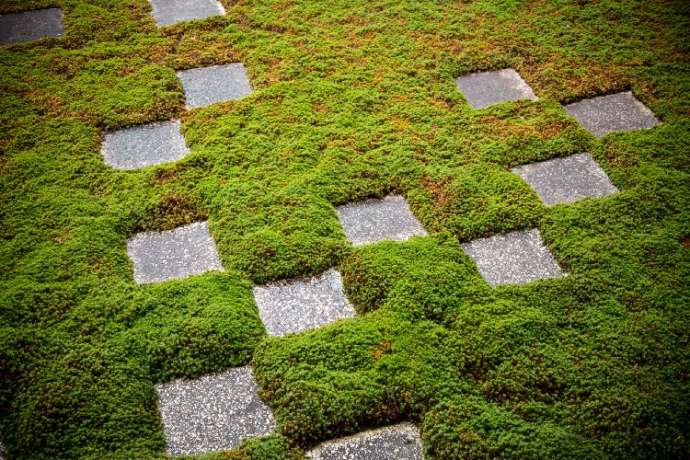
The design of the Eastern Garden represents the Big Dipper constellation. The cylindrical stones found here were originally foundation stones used in a different part of the temple, and are meant to resemble the stars.
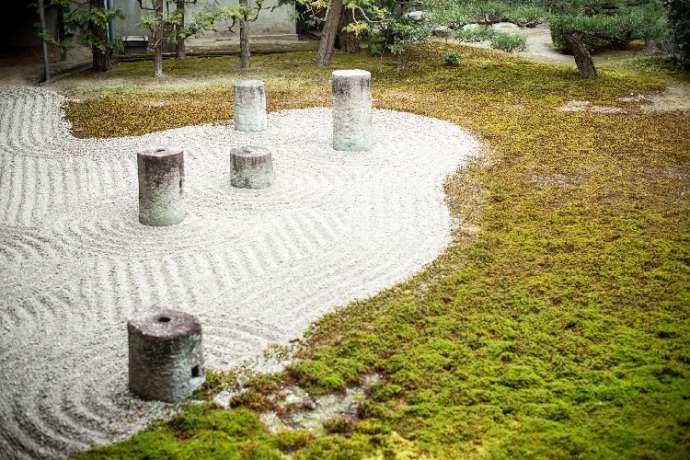
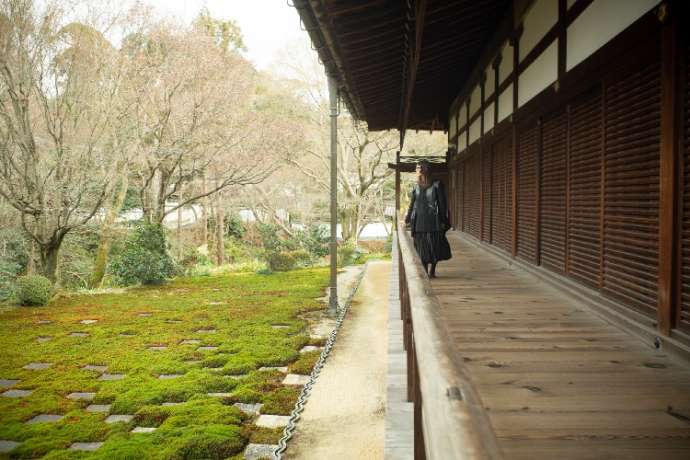
Leta: This is the most modern garden I have ever seen, You can find a variety of things depending on the angle you view it from, and the work evolves as you move around it.
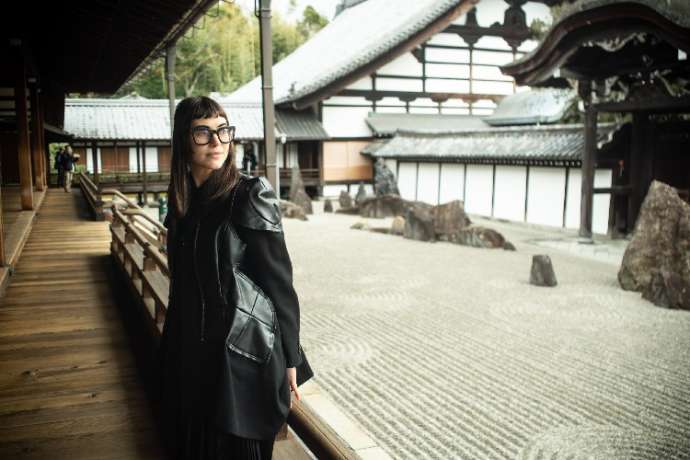
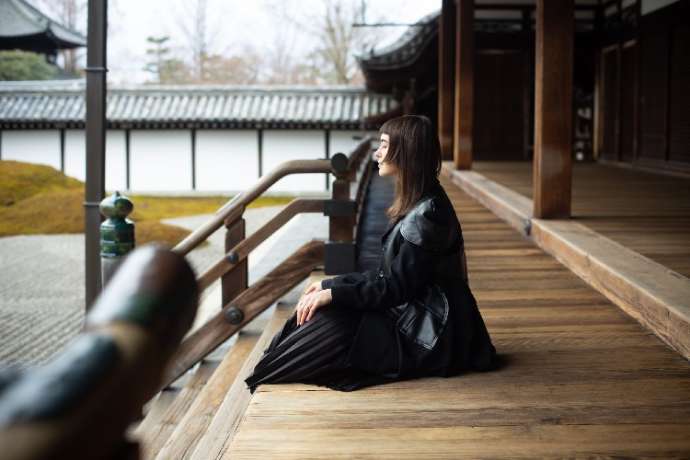
Karesansui, which are designed to remove unnecessary distractions, were originally conceived as suitable locations for contemplation and meditation. Sitting by the garden has the effect of calming the mind.
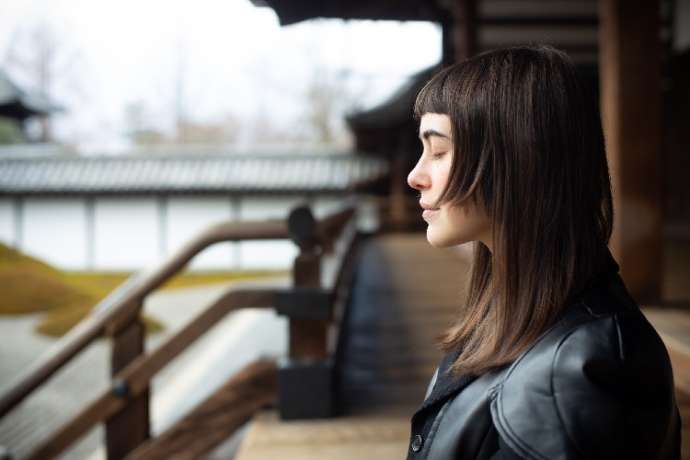
After seeing the gardens, we headed to Tsuten Bridge. The countless maple trees make this bridge a well known destination for viewing autumn colors. There are three bridges within the temple grounds. The view looking from the Gaun Bridge to the Tsuten bridge is a great spot for a photo.
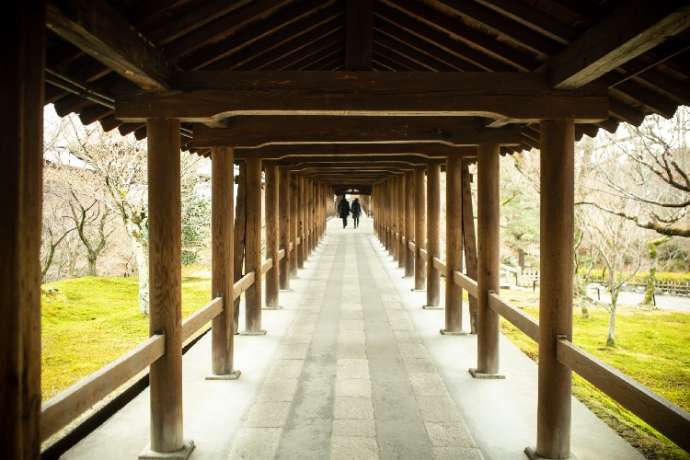
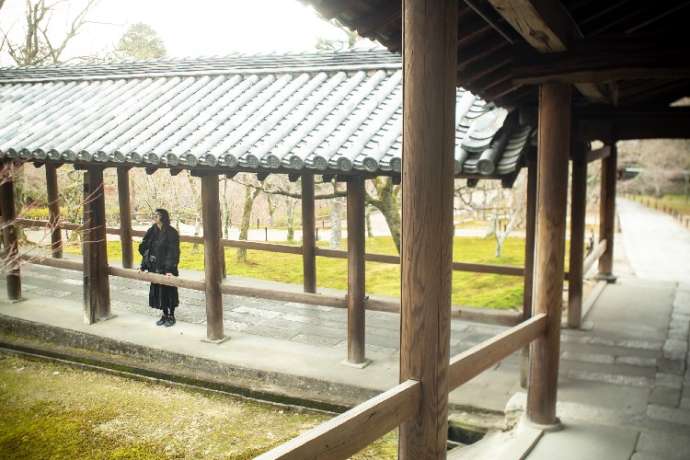
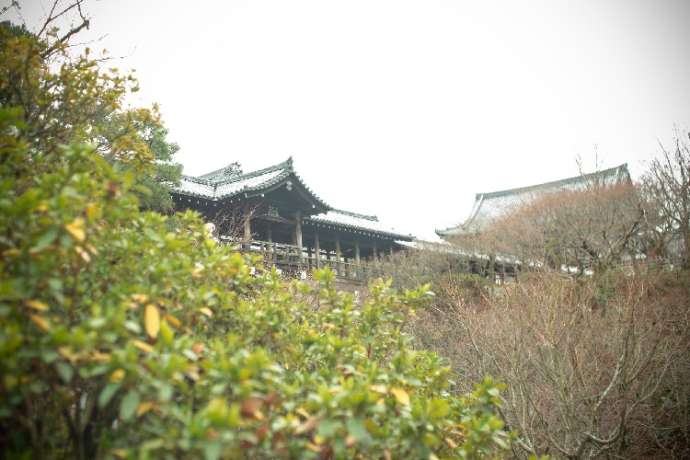
“In the future, if someone asked me which Japanese garden I recommend, I think I would have to go with the gardens here at Tofukuji. There’s just so much to see,” says Leta. It seems she certainly enjoyed the temple’s architecture as well as Shigemori’s iconic garden design.
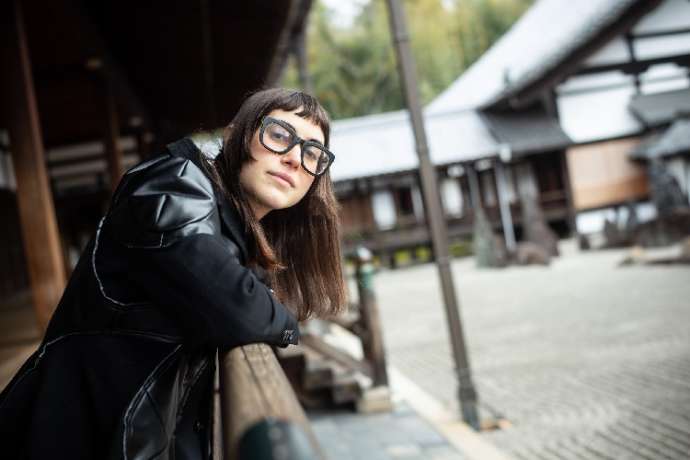
|
Tofukuji |
|
Address: 778 Honmachi, 15-chōme, Higashiyama-ku, Kyoto-shi Hours: 9:00-16:00 (varies by season) Phone Number: 075-561-0087 |
3. AWOMB
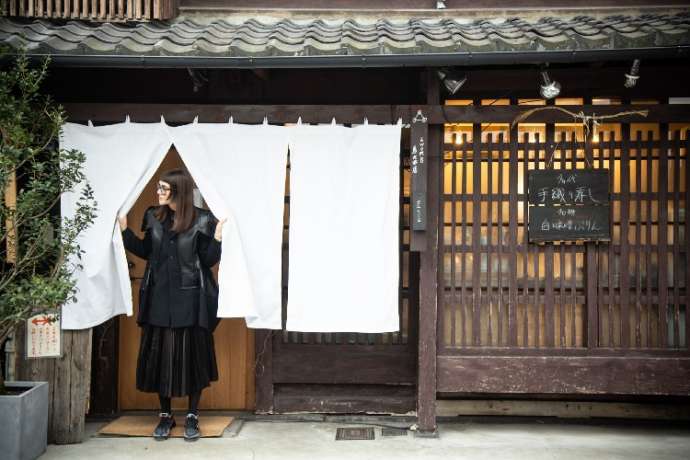
For lunch, we head to AWOMB, a short jaunt from Kyoto’s Shijo Karasuma business district. The restaurant’s colorfully arranged teori sushi plate is particularly popular.
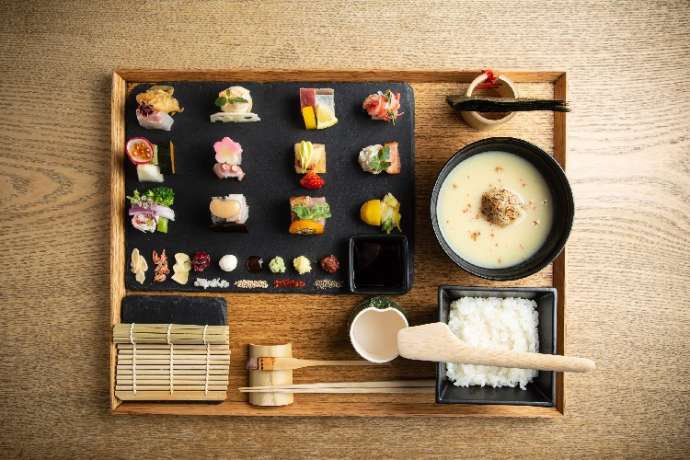
At AWOMB, the sushi’s colourful ingredients are arranged on a plate for you to roll yourself. The concept of the menu is taken from the tradition of Japanese orimono, or fabric. Rather than simply eating, the idea is for patrons to create their own custom designed food.
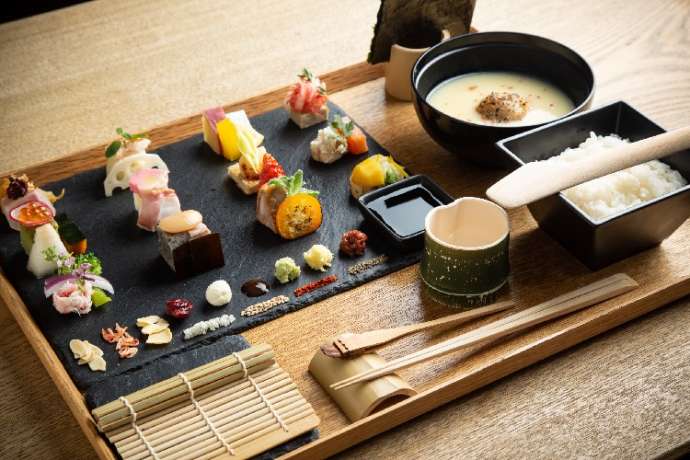
“I think it’s interesting the way they’ve reconstructed the idea of traditional Japanese sushi with a contemporary approach,” says Leta.
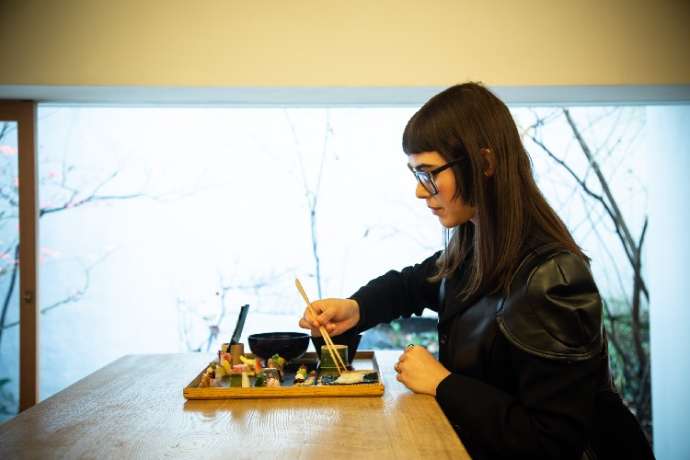

Leta embraces the challenge of creating her handmade sushi. She takes a piece of nori seaweed, loads it with white rice, and proceeds to choose her favourite fillings. Land and sea, sweet and salty — Leta opts to combine sashimi with sweetened beans.
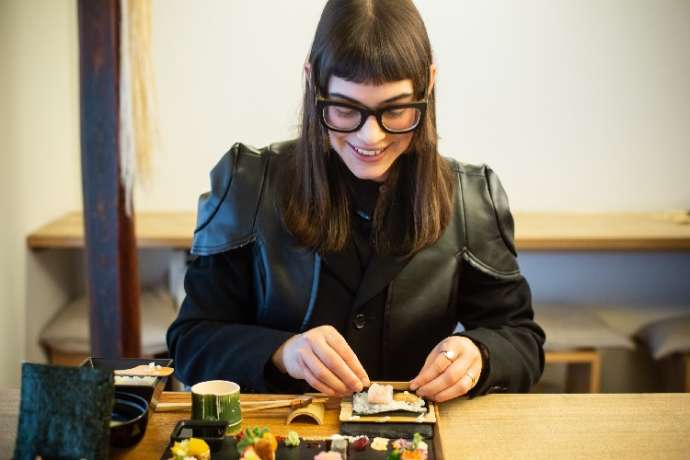
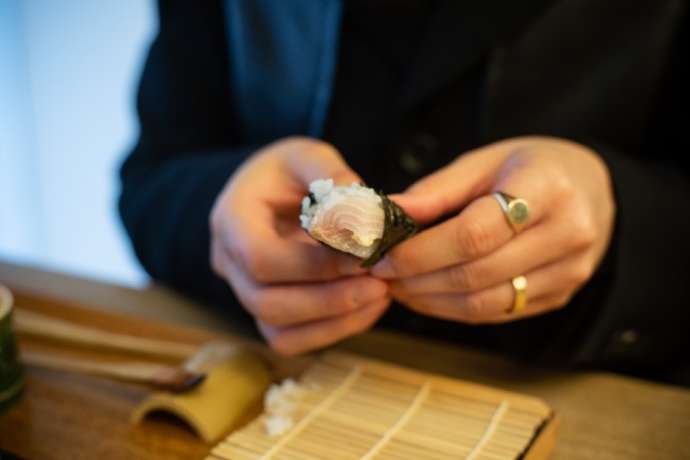
Soon she realises she has used too much rice for the small piece of nori, making it difficult to roll. “It’s actually harder than you’d think,’ she says.
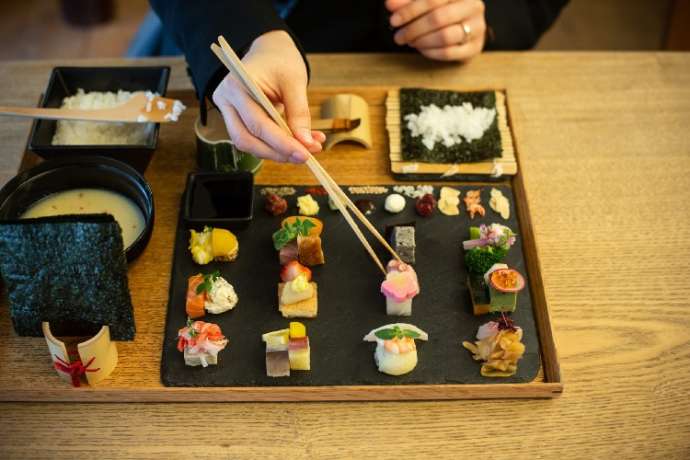
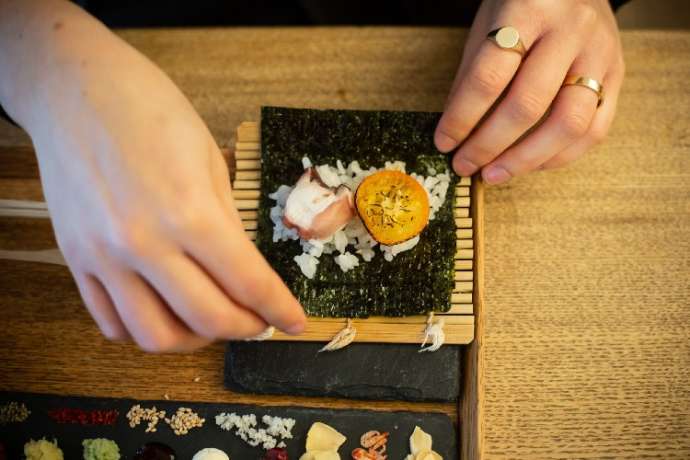

Among the ingredients are flavors not seen in traditional sushi, such as cream cheese, almond, and various spices. “When I hear the word sushi, I imagine something quite different to this, so I’m excited to see how it tastes,” she says.

The restaurant interior is designed with a view to a small garden on the first floor. The second floor is filled with natural light, creating a pleasant atmosphere.
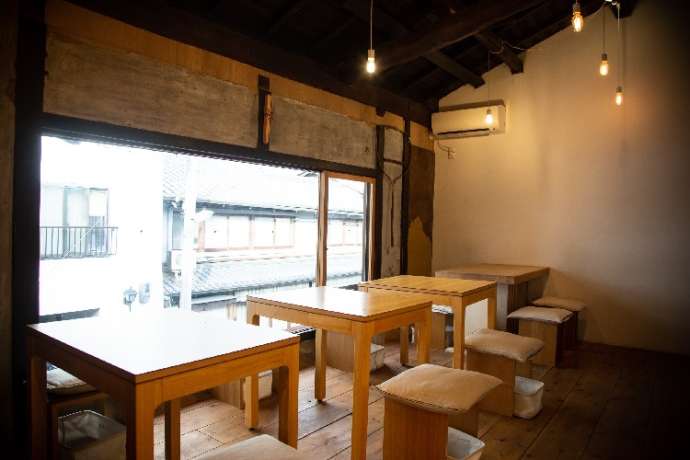
Peeking into the kitchen, you can see the chef preparing food in specially designed Japanese garb.
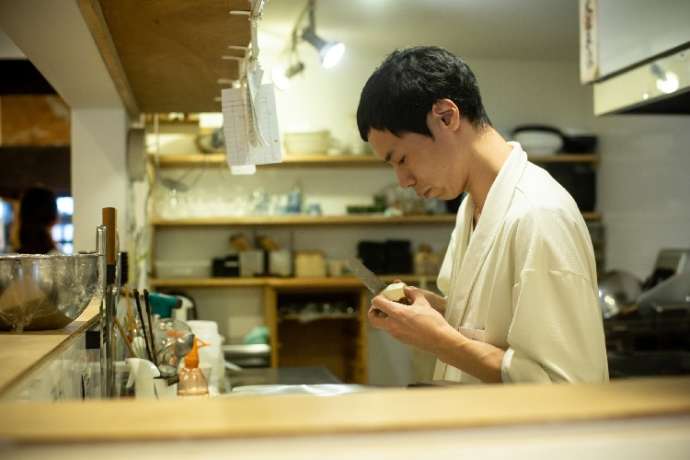
Next door to the main restaurant is a cafe and boutique shop called AWOMB Kokoromi. The chopsticks, spoons and even the chef’s garb are available for purchase.
|
AWOMB |
|
Address: 189 Ubayanagichō, Nakagyō-ku, Kyoto-shi Hours: 12:00-15:00 (last order 14:00) / 18:00-21:00 (last order 20:00) Regular Holiday: N/A Phone Number: 050-3134-3003 |
4. NOKISHITA711
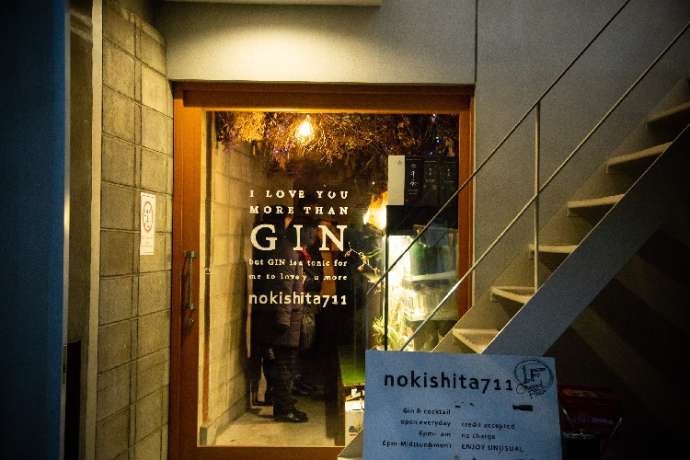
After a long day, we decide to check out the specialty gin bar Nokishita711, a short walk from Kawaramachi Station. Here you can indulge in a number of unique and utterly unique cocktails to stimulate your senses — each one the creation of owner Tomoiki Sekine.
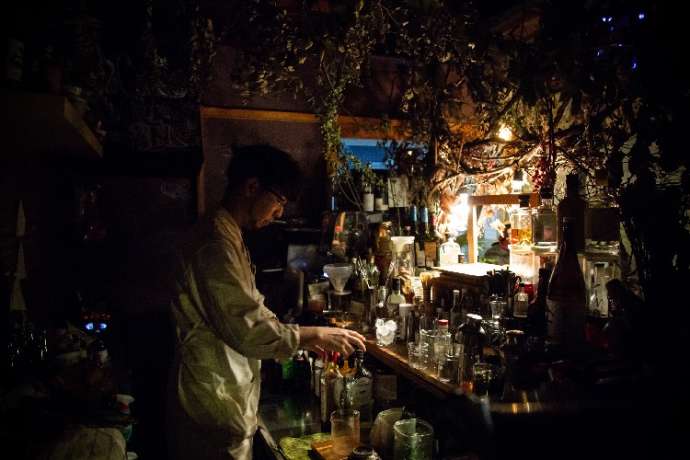
The location is a small stone-paved street just off the Takase River and Kiyamachi Street. Nearby are a number of quiet bars and eateries, making it the perfect location for a night of bar-hopping. Upon entering you will be struck the bar’s unique atmosphere. Fake grass adorns the countertops while dried flowers and photographs dangle from the ceiling. It feels like a secret hideout.
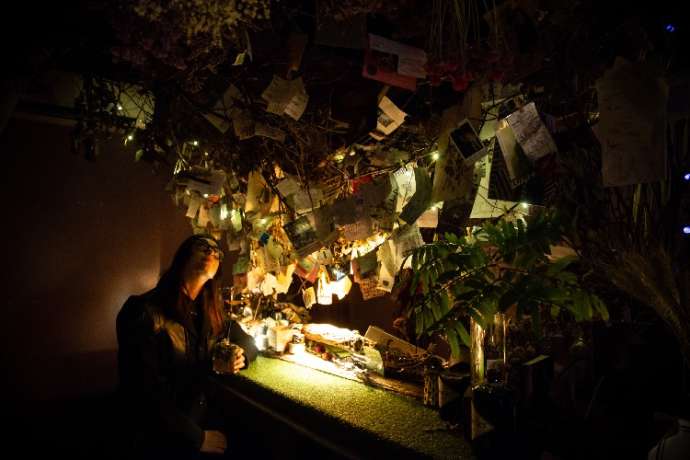
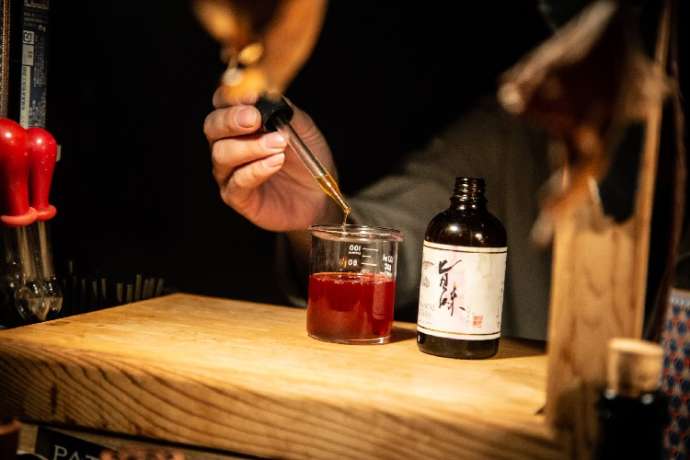
Nokishita711 also goes by the name Craft Gin and Botanical Cocktail Research Center. Utilising flavours such as dashi and wasabi, here you can experience cocktails that taste like they came from another world. The first drink we try is the Fungus Negroni, a reddish cocktail with shiitake mushrooms and rosemary.
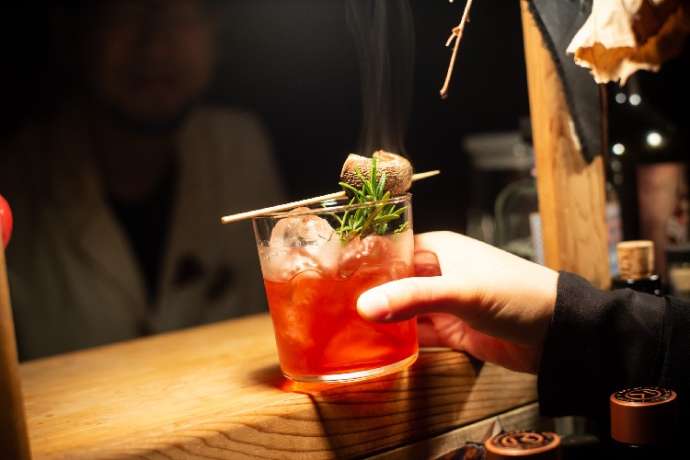
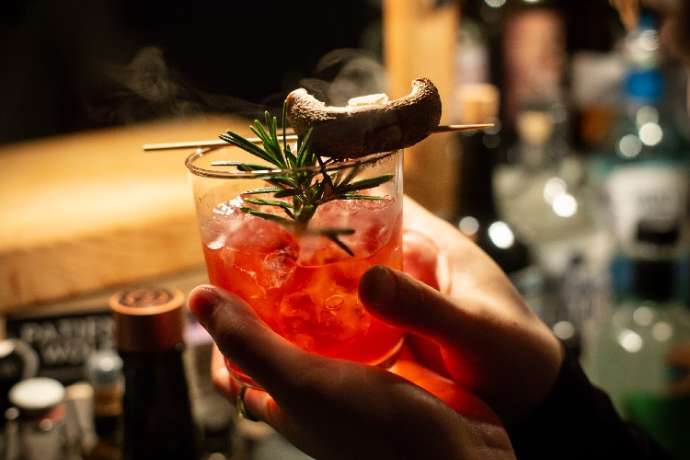
It’s a wild concoction of gin infused with dried shiitake, Campari and Amaro, fermented syrup, mirin and soy sauce, finished with specialty kombu and bonito umami bitters. Underneath the familiar Negroni resides a deep umami flavor.

“This is the only specialty gin bar I know about — and it’s right here in Japan,’ says Leta. Owner Sekine-san speaks English well, so Leta was able to enjoy sharing a conversation with him.
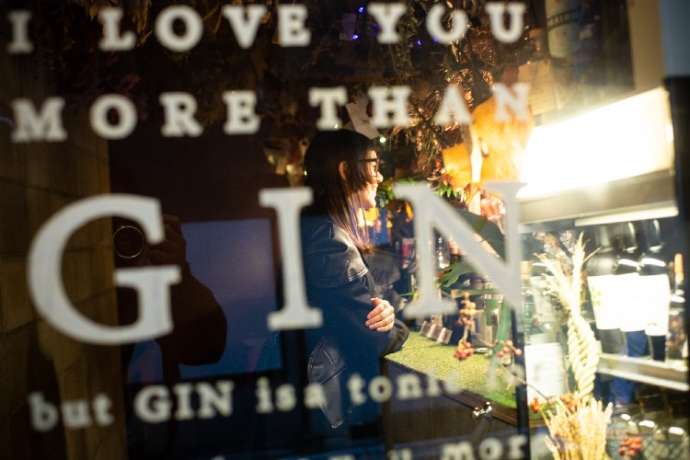
It’s the chance to encounter craft gins from all over the world that is the bar’s real speciality. Kyoto’s very own Ki no Bi gin, with its rice base, green tea, yuzu, cypress and sanshou spice notes, makes it a perfect souvenir or gift for a friend back home.
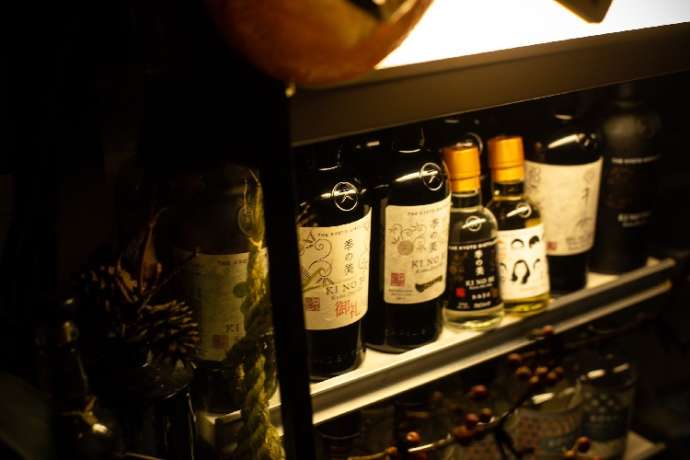
Amidst all the dangling photographs are notes and shop cards from other local establishments, making Nokishita also a good place to pick up information that could prove valuable during your time in Kyoto.
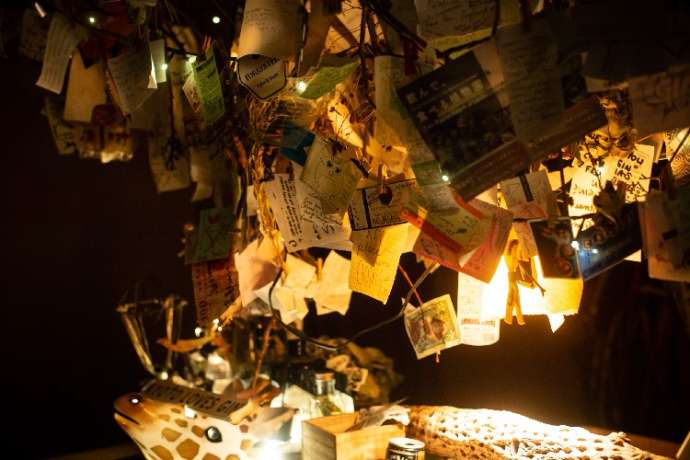

“I want to try another of Sekine-san’s original drinks,’ says Leta as she orders another.
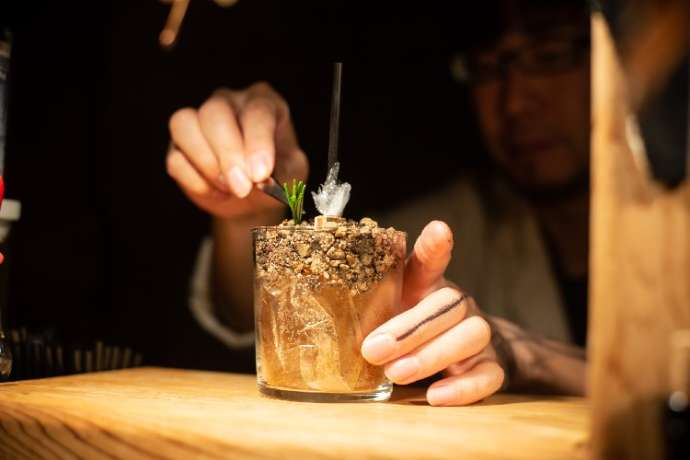
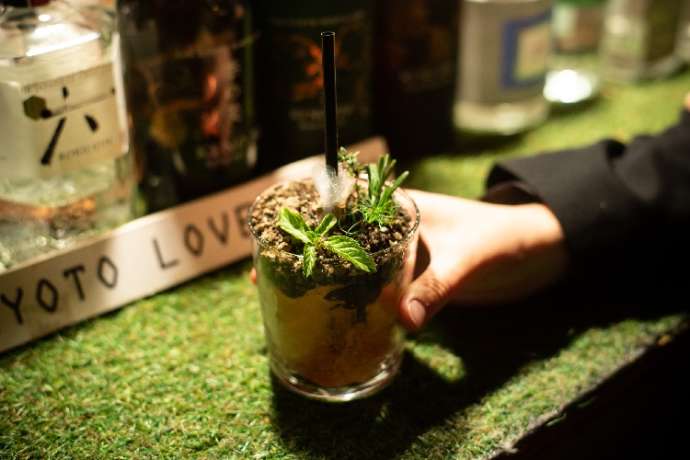
The second beverage looks exactly like a small bonsai, with its dirt-like coloration. Soil and Pimp Sessions is the name of this concoction, featuring gin infused with various plants as a base, topped with a gently aromatic soybean flour (the “soil”). Of course you’re not drinking actual soil, so please rest easy.
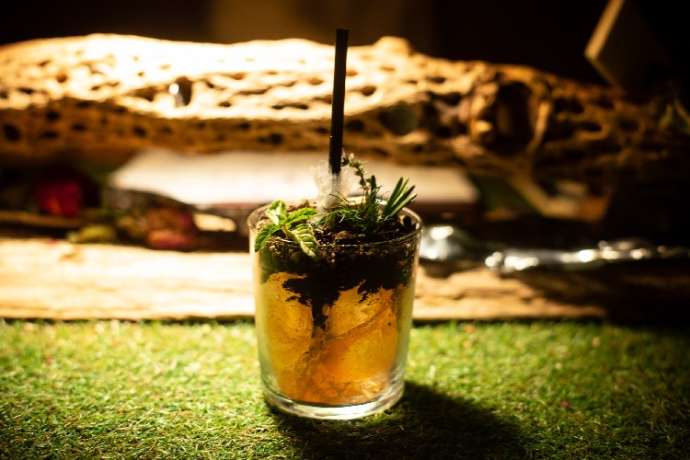
According to Sekine-san, he became obsessed with craft gin and decided to open this bar. He explains with much passion, “I wanted to create gin cocktails that never even existed until now.”
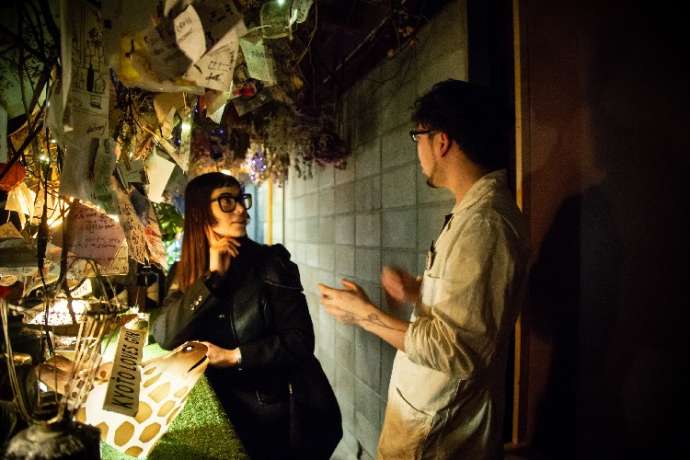
Leta: It looks new and fresh, but beneath it all there is the element of traditional Japanese cuisine, such as tea and bonito. In the same way as I did at AWOMB, experiencing both the contemporary and the traditional aspects of Kyoto at once is delightful. It seems Leta has made a new friend in Sekine-san.
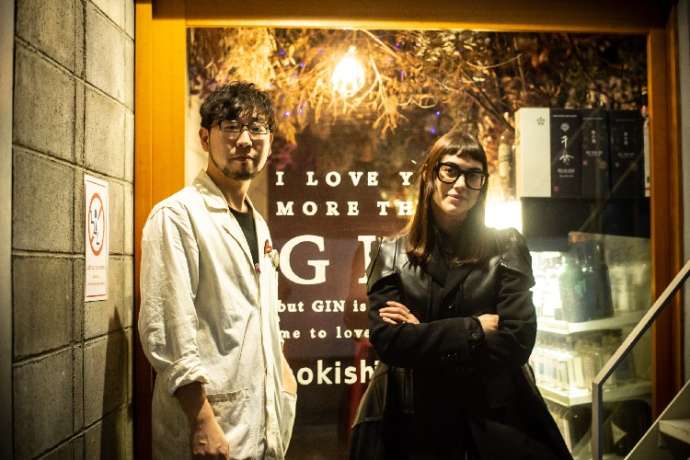
|
NOKISHITA711 |
|
Address: 235 Sendōchō, Shimogyō-ku, Kyoto-shi Hours: 18:00-24:00 Regular Holiday: irregular Phone Number: 075-741-6564 URL: https://www.nokishita.net/
|
Next Article:
Visiting Kyoto’s Art Destinations with New York Based Art Director Leta Sobierajski – Part 2




















































